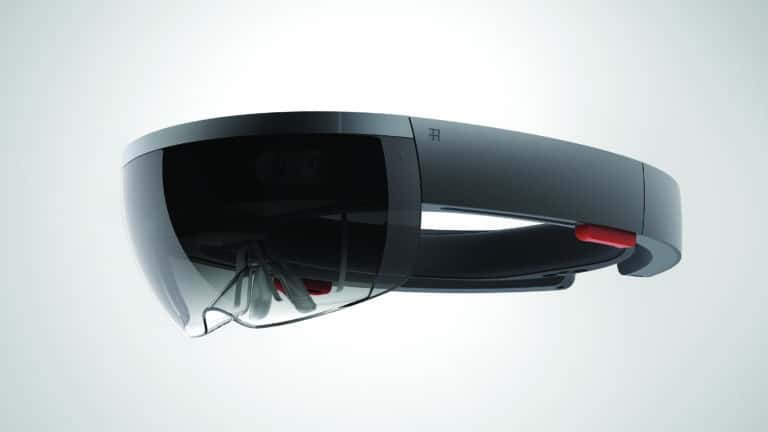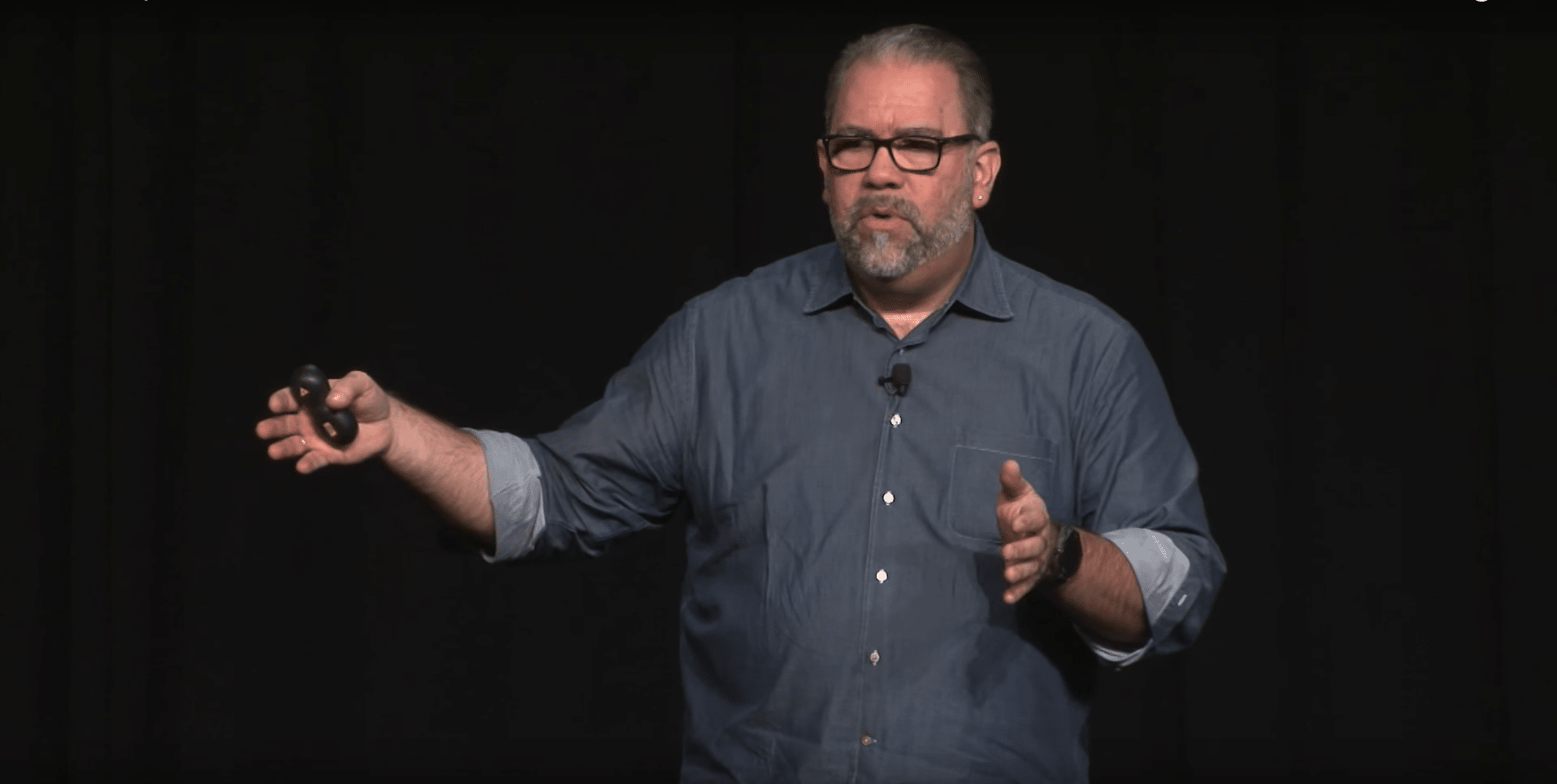
There’s been lots of talk (including our own) about AR’s potential for efficiency gains and bottom-line impact in the enterprise. But that commentary resonates most when backed by real proof points.
Similar to Upskill’s 30 percent reductions in enterprise project time, Intel reports 15 to 45 percent efficiency gains when its Recon Jet glasses are used in warehouse functions. That’s 15 percent immediately and 45 percent at its peak, according to Intel head-worn devices lead Chris Croteau.
“We’re running a pilot in our distribution center and putting [AR] on workers who are doing picking and packing for our parts,” said Croteau during a presentation (video below). “The first day we had a 15 percent improvement in productivity….The peak that we measured was about 45 percent.”

But the other important benefit is workforce management. AR remote-assistance opens the possibility for subject matter experts (SMEs) to work at home or other convenient locations. This can improve retention rates and allay early retirement for valued and knowledgeable veterans.
“We have an aging population of experienced people, and a rising population of inexperienced people,” said Intel’s Croteau. “It’s great to talk about bottom-line advantages but what [enterprises] really worry about is those people with 30 or 40 years experience retiring.”
Intel is applying this principle as a proof of concept in its own microchip fabrication facilities. Due to the high dollar value and fragility of the materials in this process, it deploys two workers to every station to ensure checks and quality control. But AR has begun to streamline that.

“We’re automating that process and having that person wear AR glasses with a camera,” said Croteau. “And we’re having a subject matter expert elsewhere in a console that can now work with multiple of these workers…we don’t have to have them both standing in front of the tool.”
Beyond manufacturing, this will have an impact in more physically draining fields like energy and construction. In those fields, the most experienced workers end up doing the hardest jobs, such as climbing poles and fixing turbines. And the viability of that work decreases quickly with age.
“What if we flipped that?” asks Croteau. “What if by being the best worker, you get to stay back at the central office with a hot cup of coffee and a cushy chair, and manage everybody else in the field?… an awards system that actually benefits you and actually prolongs your workforce time.”
See the full address below and stay tuned for more educational videos every Friday.
For a deeper dive on AR & VR insights, see ARtillry’s new intelligence subscription, and sign up for the free ARtillry Weekly newsletter.
Disclosure: ARtillry has no financial stake in the companies mentioned in this post, nor received payment for its production. Disclosure and ethics policy can be seen here.
Header image credit: Microsoft
